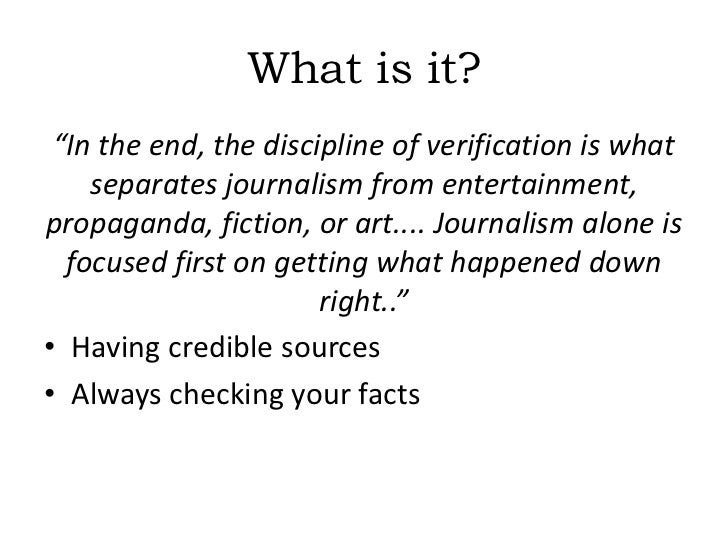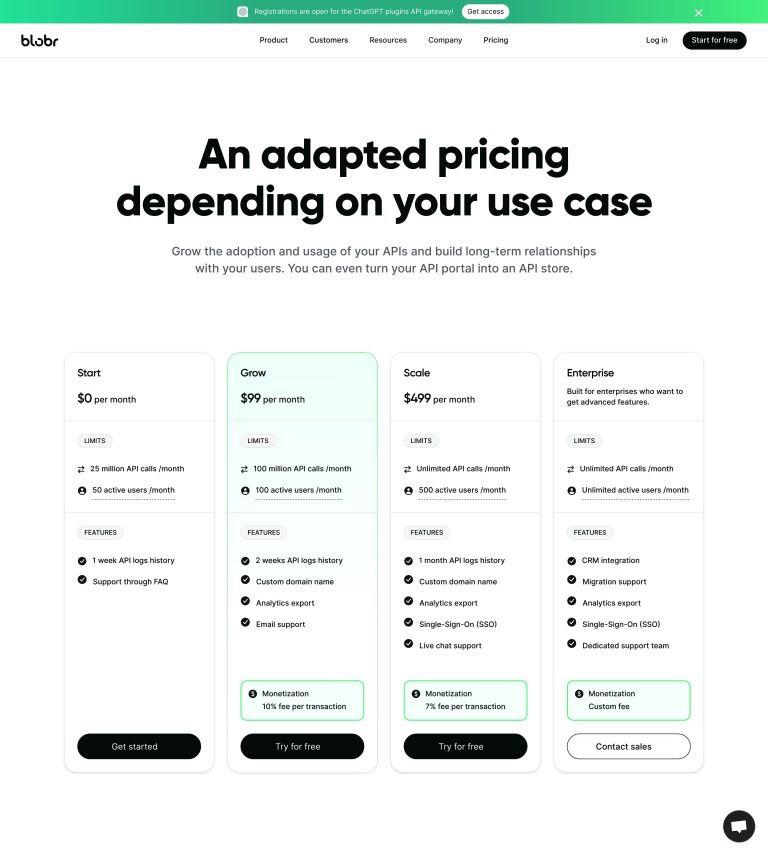
Creating a consistent stream of high-quality blog posts is essential for any content-driven business. However, the challenge lies in maintaining quality while keeping up with the demand. The good news is that with the right strategies and tools, you can create 30 days of compelling blog posts in just one hour. This article will guide you through the process of maximizing efficiency without sacrificing quality.
Why Blogging Matters for Your Business
Blogging isn’t just about filling your website with content; it’s a powerful tool for building authority, driving traffic, and converting leads. According to studies, companies that blog regularly attract 55% more website visitors than those that don’t. Moreover, blogs help improve search engine visibility, establish trust with your audience, and provide valuable information that keeps readers coming back.
But let’s be honest—writing high-quality blog posts consistently is time-consuming. That’s why we’re here to show you how to streamline the process, allowing you to focus on other critical aspects of your business.
The Fastest Way to Write a Blog Post
The key to creating 30 days of high-quality blog posts in just one hour lies in leveraging modern tools and techniques. Here’s how you can do it:
1. Use AI Tools to Generate Content
Artificial Intelligence (AI) has revolutionized the way we approach content creation. AI tools like Jasper, ChatGPT, and Quuu can help you generate ideas, outlines, and even first drafts of your blog posts in minutes. These tools are not perfect, but they serve as an excellent starting point.
- Idea Generation: AI can suggest topics based on your niche and audience interests.
- Outlining: It can help structure your blog post by creating a detailed outline.
- First Drafts: Some AI tools offer templates for different types of content, such as how-to guides, listicles, and case studies.
However, it’s important to remember that AI should be used as a tool, not a replacement for human creativity. Always review and refine the content before publishing.
2. Maintain a Keyword Bank of Content Ideas

One of the biggest time-wasters in content creation is brainstorming topics. To avoid this, maintain a keyword bank of content ideas. This is a list of potential topics that align with your niche and target audience.
You can use tools like Surfer SEO or Ahrefs to identify high-intent keywords and build a library of content ideas. This allows you to quickly pick a topic and start writing without wasting time on research.
3. Research Your Topic Efficiently
Before you start writing, take some time to research your topic. This ensures that your content is accurate, relevant, and valuable to your audience.
- Google Your Topic: Look at what other websites are saying about the topic.
- Check Social Media: Platforms like Reddit, Quora, and LinkedIn can provide insights into what people are asking and discussing.
- Use Google Autosuggest and People Also Ask: These features can give you a sense of what people are searching for.
This research phase is crucial for understanding your audience’s needs and ensuring your content addresses their pain points.
4. Identify Search Intent
Understanding the intent behind a search query is essential for creating content that resonates with your audience. There are four main types of search intent:
- Informational: Users are looking for answers or explanations.
- Navigational: Users are trying to find a specific website or page.
- Transactional: Users are ready to make a purchase.
- Commercial: Users are researching products or services before making a decision.
By identifying the search intent, you can tailor your content to meet the user’s needs and increase the chances of your blog post ranking well in search engines.
5. Outline Your Article
A well-structured outline is the backbone of a great blog post. It helps you organize your thoughts, stay focused, and write faster. Here’s how to create an effective outline:
- Start with a Title: Your title should be catchy and include your primary keyword.
- Create Headings and Subheadings: Break your content into sections using H2 and H3 tags.
- Add Bullet Points: Under each heading, add key points or talking points.
Using tools like Surfer SEO, you can automatically generate an outline based on the top-ranking pages for your keyword. This saves time and ensures your content is structured correctly.
6. Keep Relevant Keywords Handy
Keywords are the foundation of SEO. To save time, keep a list of relevant keywords handy so you can easily insert them into your content without searching for them every time.
Tools like Surfer SEO and SEMrush can help you identify related keywords and suggest the best ones to use. This not only improves your SEO but also makes the writing process faster.
7. Optimize for SEO and Readability
SEO optimization is crucial for ensuring your blog post ranks well in search engines. Here’s how to optimize your content:
- Title Tag: Include your primary keyword in the title.
- Header Tags: Use H1, H2, and H3 tags to structure your content.
- URL Structure: Make sure your URL includes your primary keyword.
- Meta Description: Write a compelling meta description that includes your keyword.
In addition to SEO, readability is important for keeping your audience engaged. Use short paragraphs, bullet points, and visuals to break up text and make your content skimmable.
8. Follow a Content Calendar
A content calendar is a planning tool that helps you organize your blog posts and ensure consistency. By planning ahead, you can avoid last-minute scrambles and stay on track.
Here’s how to create an effective content calendar:
- Choose a Tool: Use Google Sheets, Trello, or Notion to plan your content.
- Set Deadlines: Assign deadlines for each stage of the writing process.
- Plan Ahead: Map out your content for the next month to stay organized.
A content calendar also helps you balance your content types and ensures you cover all your key topics.
9. Use Frameworks, Not Templates
While blog post templates can be helpful, they often lack the flexibility needed for high-quality content. Instead, use writing frameworks like PAS (Problem, Agitation, Solution) or the Inverted Pyramid to structure your content.
These frameworks help you create engaging and persuasive content that resonates with your audience. They also allow you to maintain a consistent tone and style across all your posts.
Key Takeaways
To create 30 days of high-quality blog posts in just one hour, follow these steps:
- Use AI tools to generate ideas, outlines, and first drafts.
- Maintain a keyword bank of content ideas to save time.
- Research your topic thoroughly to ensure accuracy and relevance.
- Identify search intent to create content that meets your audience’s needs.
- Outline your article to stay organized and focused.
- Keep relevant keywords handy to optimize your content efficiently.
- Optimize for SEO and readability to improve your search rankings and engagement.
- Follow a content calendar to stay consistent and avoid last-minute stress.
- Use writing frameworks instead of templates to maintain quality and creativity.
Conclusion
Creating 30 days of high-quality blog posts in just one hour is entirely possible with the right strategies and tools. By leveraging AI, maintaining a keyword bank, and following a structured approach, you can significantly reduce the time spent on content creation while still delivering value to your audience.
Remember, the goal is not just to write quickly but to write effectively. Focus on providing value, optimizing for SEO, and engaging your readers. With the right mindset and tools, you’ll be able to scale your content marketing efforts and achieve your business goals.







